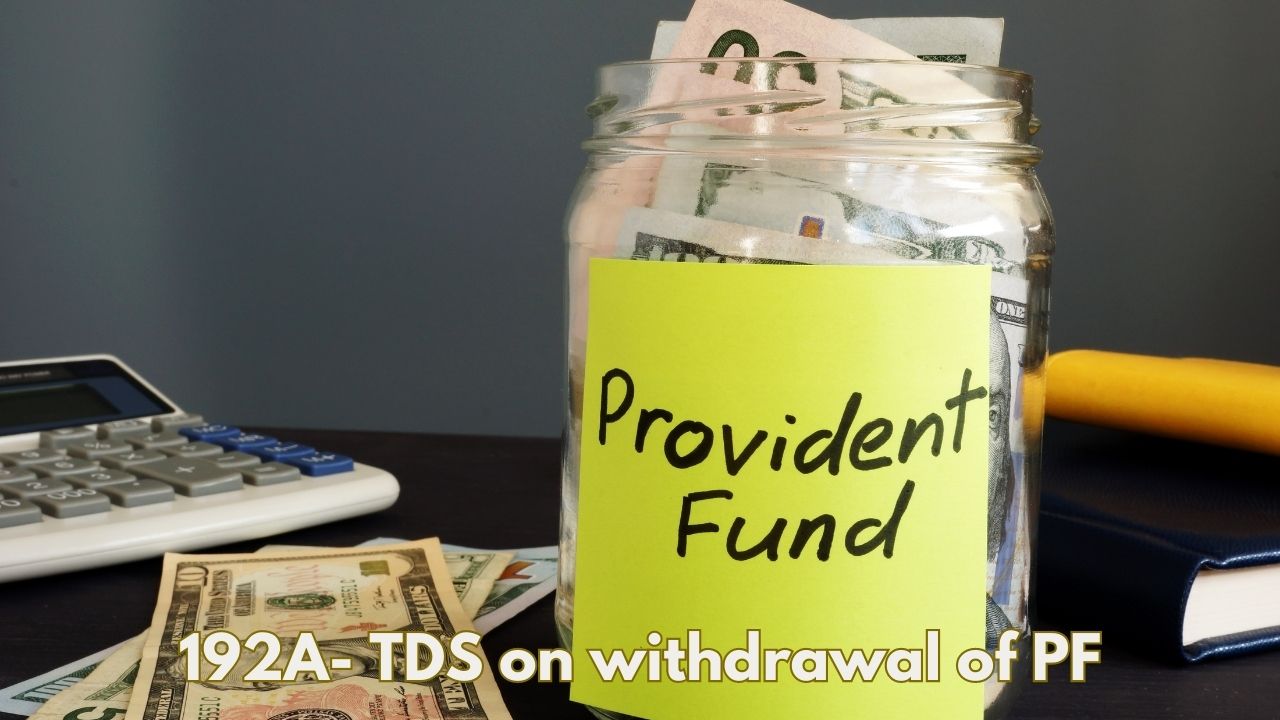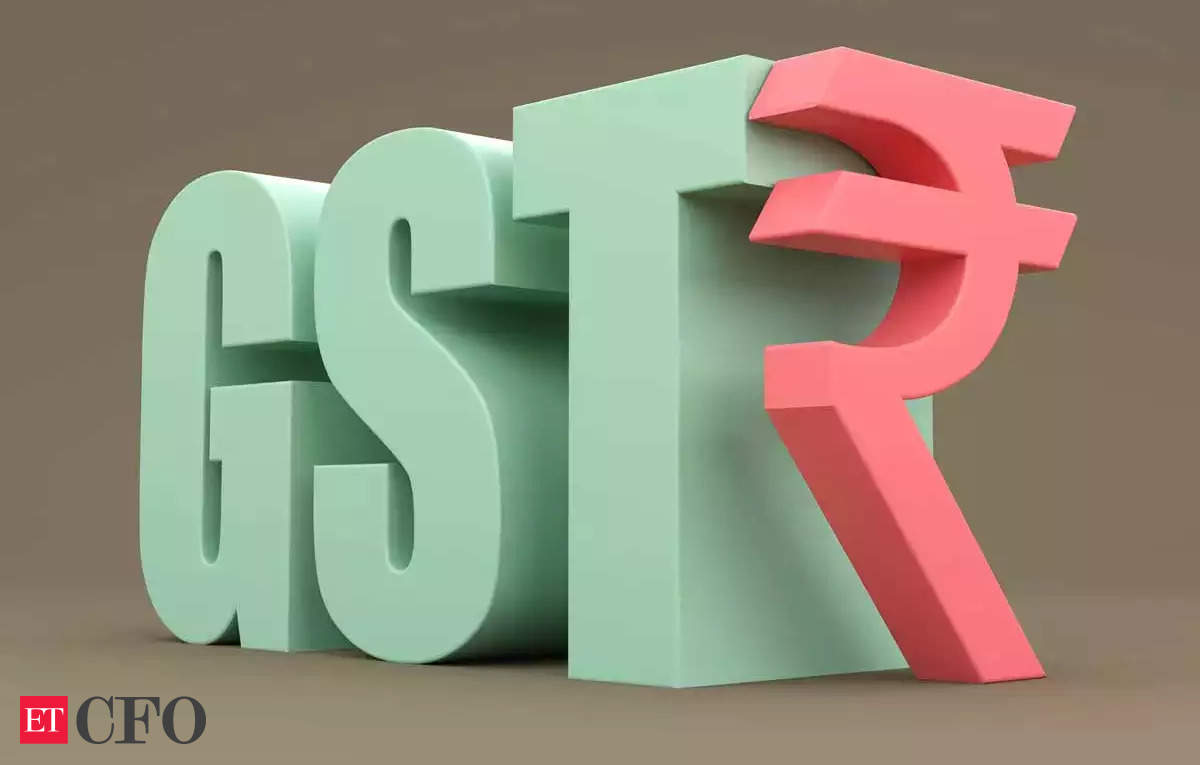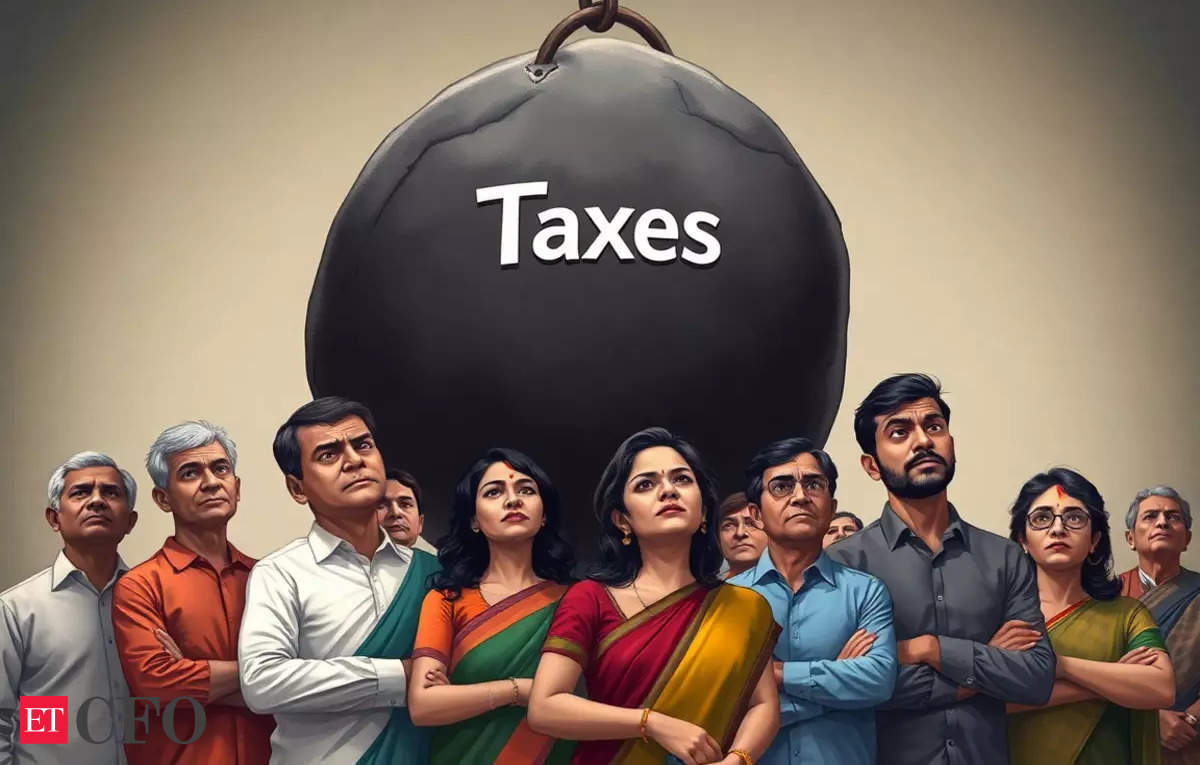Section 192A of the Income Tax Act, 1961, deals with the provision of Tax Deducted at Source (TDS) on premature withdrawals from employees’ provident fund (EPF) accounts. This section requires TDS to be deducted when an employee withdraws from their EPF account before the completion of the stipulated period.
Here’s a detailed explanation of Section 192A:
Applicability and Scope:
Section 192A is applicable when an employee withdraws funds from a recognized provident fund, such as the Employees’ Provident Fund (EPF), before completing five years of continuous service. It aims to ensure that tax is collected at the time of premature withdrawals from EPF accounts.
Premature Withdrawal:
Premature withdrawal refers to withdrawing funds from the EPF account before completing five years of continuous service with the same employer. The continuous service period starts from the date of joining the EPF.
TDS Calculation:
When an employee makes a premature withdrawal from the EPF account, the employer is required to calculate and deduct TDS on the taxable portion of the withdrawal. The TDS rate is 10% of the taxable amount.
Earlier there was Marginal Rate of Tax in case of no PAN (If PAN is not provided to the Deductor of Tax, then TDS @ MMR – (30% Tax + 37% Surcharge+ 4% E.cess)
Now from 2023 onwards there is 20% TDS rate in case of no PAN.
Taxable Amount:
The taxable amount is calculated as the total withdrawal amount minus the principal contributions made by the employee. In other words, the interest earned on the contributions is considered as taxable income.
Threshold for TDS:
TDS under Section 192A is applicable only when the total withdrawal amount during a financial year is Rs. 50,000 or more. If the withdrawal amount is less than Rs. 50,000, TDS is not deducted.
Exemptions from TDS:
TDS is not applicable in the following scenarios:
- When the employee withdraws the EPF amount after completing five years of continuous service.
- When the total withdrawal amount is less than Rs. 50,000.
- If previous employer maintained RPF & balance of employee in PF A/c was transferred to him by employer.
- If employment has been terminated because of certain reasons which are beyond his control.
- If entire balance standing to the credit of the employee is transferred to his account under a pension scheme referred to in Sec 80CCD & notified by CG (NPS).
TDS Deduction and Reporting:
The employer is responsible for deducting TDS at the time of making the payment for the premature withdrawal. The employer calculates the TDS on the taxable amount and deducts it before making the payment to the employee. The deducted TDS is then deposited with the government.
TDS Certificate:
The employer provides the employee with a TDS certificate in Form 16A, which shows the TDS amount deducted and deposited on behalf of the employee. This certificate is necessary for the employee while filing their income tax returns to claim credit for the TDS deducted.
Impact on Employee:
The amount of TDS deducted reduces the amount that the employee receives as part of the withdrawal. The employee can claim a credit for the TDS amount while filing their income tax return.
Let’s go through an example to help illustrate how TDS works under Section 192A in the context of premature withdrawal from an EPF account:
Example:
Employee John has been working with Company XYZ for 3 years. He decides to withdraw funds from his EPF account due to an urgent financial need. The total withdrawal amount from his EPF account is Rs. 1,00,000.
Calculation:
- Total Withdrawal Amount: Rs. 1,00,000
- Principal Contribution by Employee: Rs. 70,000 (This is the amount contributed by John himself during his employment.)
- Interest Earned on Principal Contribution: Rs. 30,000 (This is the interest earned on John’s contributions in his EPF account.)
- Taxable Amount: Interest Earned on Principal Contribution Taxable Amount = Rs. 30,000
- TDS Rate: 10% (As per Section 192A, the applicable TDS rate is 10% of the taxable amount.)
TDS Calculation:
TDS Amount = Taxable Amount * TDS Rate TDS Amount = Rs. 30,000 * 10% = Rs. 3,000
Final Payment to Employee:
The employer will deduct TDS of Rs. 3,000 from the total withdrawal amount of Rs. 1,00,000. Therefore, John will receive a net amount of Rs. 97,000 after deducting TDS.
TDS Certificate (Form 16A):
The employer provides John with a TDS certificate in Form 16A, which indicates that Rs. 3,000 has been deducted as TDS on his EPF withdrawal. John can use this TDS certificate while filing his income tax return to claim credit for the TDS amount.
It’s important to note that the above example provides a simplified illustration. In practice, various factors such as exemptions, deductions, and different service periods can impact the TDS calculation.











